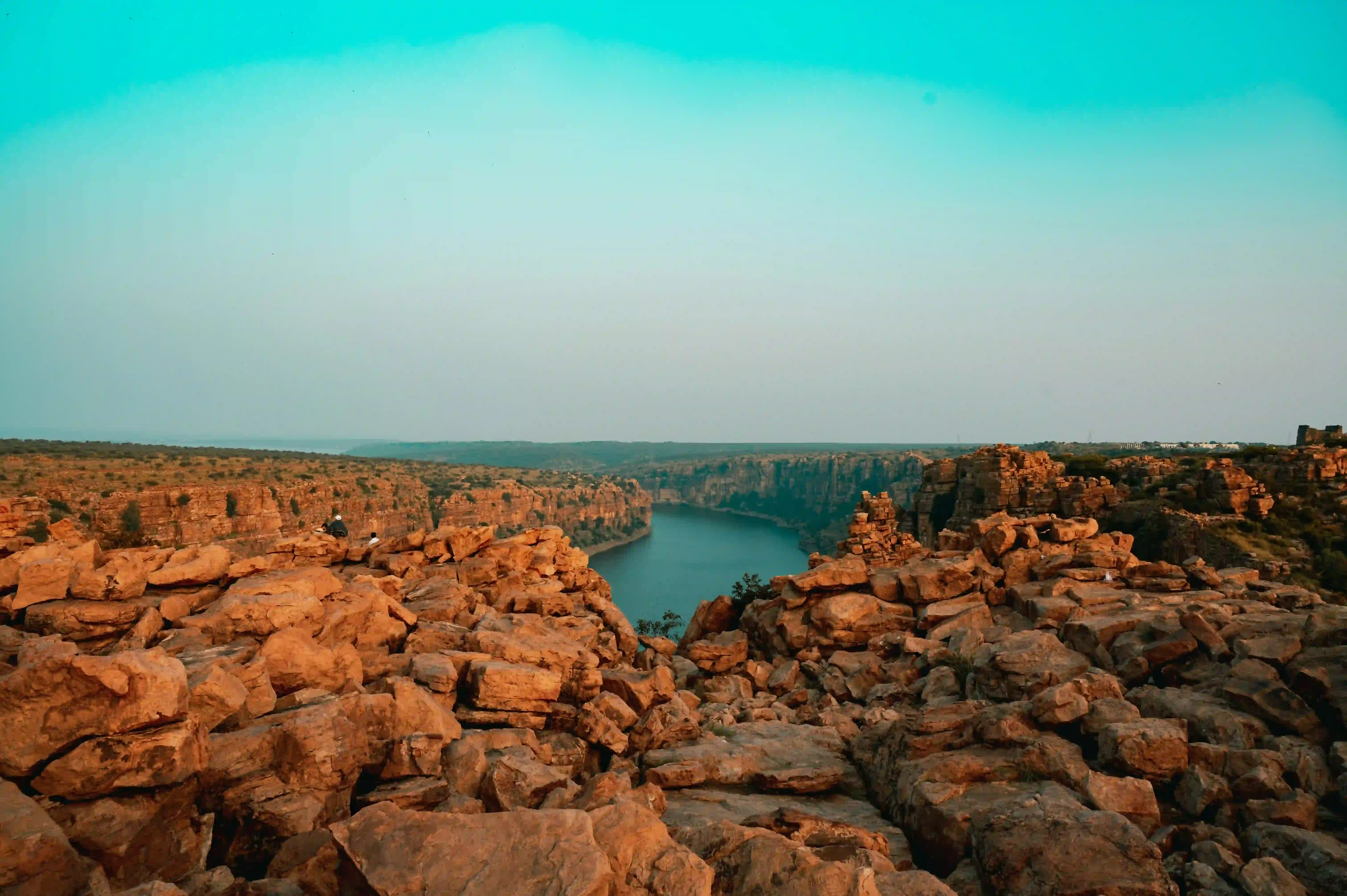The Elephanta Caves, nestled on an island in the Arabian Sea off Mumbai's coast, stand as a magnificent testament to ancient Indian artistry and spirituality. These rock-cut cave temples, primarily dedicated to Lord Shiva, were carved between the mid-5th and 6th centuries CE. The island's original name, Gharapuri, meaning "city of caves," was later changed to Elephanta by Portuguese colonizers who discovered a massive stone elephant statue near the shore. Today, this UNESCO World Heritage Site showcases the pinnacle of Indian rock-cut architecture through its complex of temples meticulously carved from solid basalt rock.
The origins of these remarkable caves remain somewhat mysterious, with scholars debating their patronage among various dynasties including the Kalachuri kings, Konkan Mauryas, and Chalukyas of Badami. What is clear, however, is that these caves emerged during a pivotal period of artistic evolution in Indian history, bridging the gap between Buddhist artistic traditions and emerging Hindu temple architecture. The caves' design draws inspiration from earlier Buddhist rock-cut monasteries, particularly those at Ajanta, adapting the vihara style to create expansive central halls leading to shrines carved into the rear walls.
The Great Cave, also known as Cave 1, stands as the most impressive structure in the complex. This massive temple, measuring 39 meters from entrance to back, is supported by rows of intricately carved pillars that demonstrate the height of rock-cut architectural achievement. At its heart stands the breathtaking 7-meter-high "Sadashiva" or "Maheshmurti" sculpture, which captures the essence of Shiva in his three aspects: Creator, Preserver, and Destroyer, represented through the forms of Aghora or Bhairava, Taptapurusha or Mahadeva, and Vamadeva or Uma.
The sculptural artistry reaches its zenith in the fifteen large reliefs surrounding the lingam chapel in the main cave. These masterpieces represent one of the most significant collections dedicated to Shiva worship, featuring iconic representations such as Nataraja, Yogishvara, Andhakasuravadha, Ardhanarishvara, Kalyanasundaramurti, Gangadharamurti, and Ravanaanugrahamurti. Each sculpture demonstrates extraordinary artistic skill, conveying deep emotional resonance through the classical Indian concept of Rasas or aesthetic emotions.
The construction of the Elephanta Caves represents a remarkable feat of ancient engineering and artistic vision. Craftsmen used simple tools like chisels and hammers to carve these massive structures from solid basalt rock, a process that likely spanned several decades. The architectural design uniquely combines elements of both Dravidian and Nagara Hindu styles, creating a harmonious blend rarely seen in ancient Indian temples. The careful planning and execution required to create these caves, from the initial excavation to the final detailed sculptures, speaks to the extraordinary skill and dedication of the ancient artisans.
Throughout history, the caves have served as an important center of Hindu worship and pilgrimage, drawing devotees from across the subcontinent. The sculptures and reliefs within serve not only as objects of devotion but also as visual repositories of Hindu mythology and philosophy, making the caves both a sacred space and an educational center where ancient wisdom has been preserved and transmitted across generations. The spiritual atmosphere of the caves remains palpable today, with the stone walls seeming to resonate with centuries of devotional practices and sacred ceremonies.
Over time, the Elephanta Caves have faced numerous challenges, including natural weathering, vandalism, and environmental pollution. Conservation efforts by the Archaeological Survey of India and other organizations have focused on preserving both the structural integrity and artistic details of the caves. These initiatives include stabilizing the rock face, supporting damaged pillars, and implementing measures to control humidity and prevent water seepage. Despite these challenges, the caves continue to stand as a remarkable testament to India's rich cultural heritage.
Today, visitors reach the Elephanta Caves via a ferry ride from Mumbai's Gateway of India, making the journey itself part of the experience as they cross the Arabian Sea with views of the city skyline. Upon reaching the island, guests climb a long flight of steps to reach the cave complex, where they can explore the ancient sculptures and immerse themselves in the site's spiritual atmosphere. The island also houses a small museum providing historical context and information about the caves. As day turns to evening and long shadows play across the ancient stone surfaces, visitors find themselves transported through time, connecting with a remarkable piece of India's artistic and spiritual heritage that has endured for over fifteen centuries.









